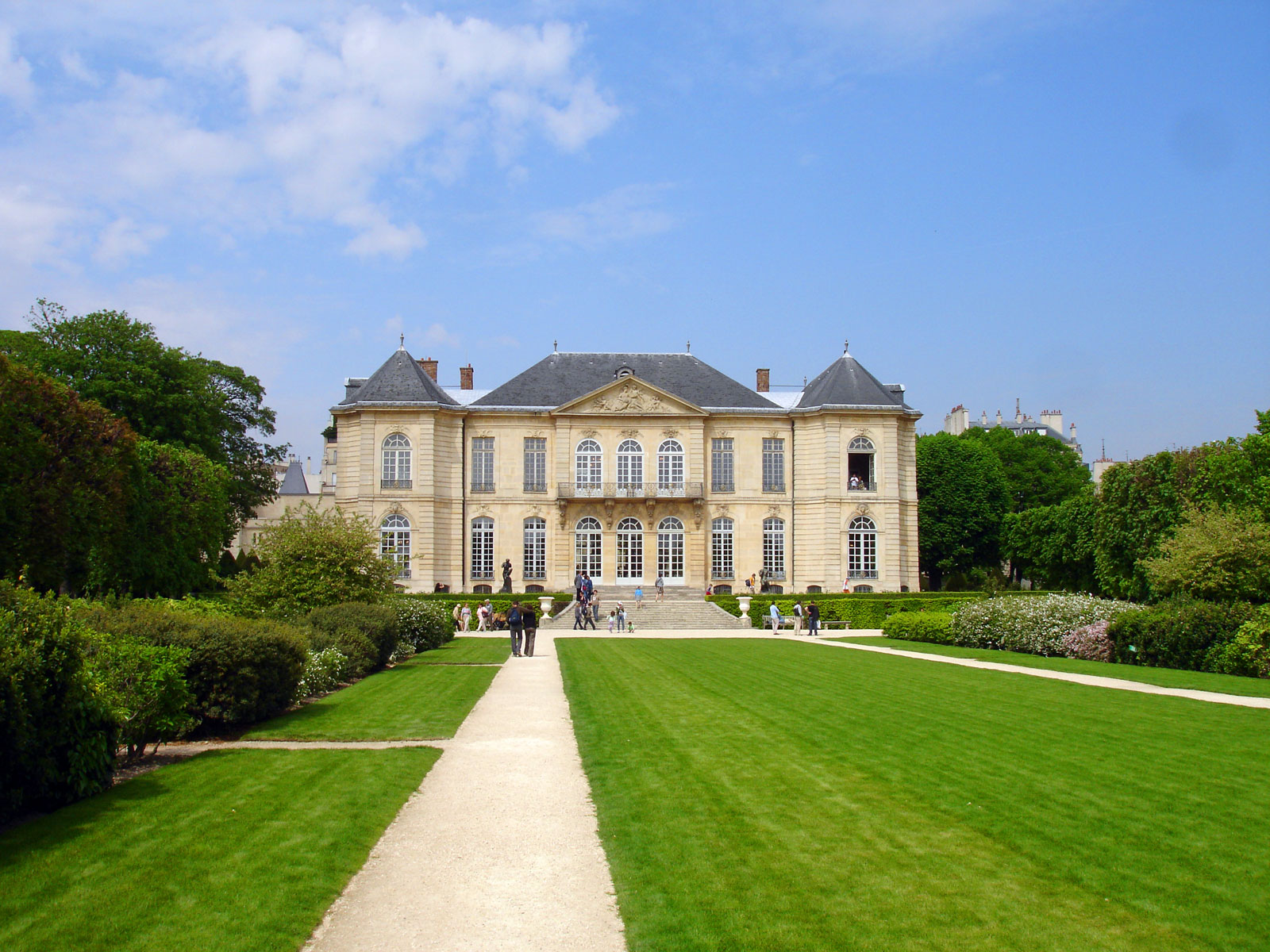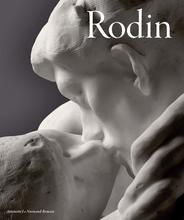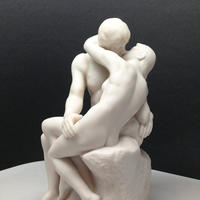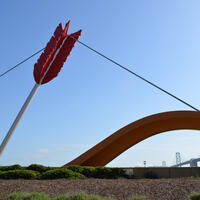More about Musée Rodin
- All
- Info
- Shop
Works at Musée Rodin

Sr. Contributor
If you like art collections housed with the high-concept mantra of "Texas Chainsaw Massacre set on a manicured Parisian estate," then the Rodin Museum is quite uniquely for you.
The Rodin Museum has its origins in plans for a children's school at the Hôtel Biron. After the French government successfully purchased the hôtel, its famous residents like Jean Cocteau, Henri Matisse, and Clara Westhoff all got the boot. This feat of reverse gentrification was nearly complete when one resident didn't take the treatment lying down. Auguste Rodin -- sculpting demigod of severed limbs and unfinished hell portals -- left his studio overlooking the hôtel's vast gardens, advanced through the lobby of candelabras and marble colonnades, approached whatever bureaucratic clown was attempting to turn this shrine of artistic grandeur into a palace of plebeian primary school education, grabbed him by the epaulets and, wild eyed, said something like, "Make this all me! The hallways, the gardens, the rooms will all be Rodin! No children, no teachers, just Rodin. Rodin......Rodin." The answer, as made clear today by the name change to Rodin Museum, was obviously Rodin #1, no children. In exchange for all the art in Rodin's back catalogue (from The Thinker and The Kiss, to IKEA bags full of severed limbs), the French government agreed to provide the seed money for a start-up Rodin museum.
Visitors today discover gardens full of bronze and plaster renditions of the master's greatest works, like severed hands, severed heads, and shambling zombie torsos with neither heads nor arms. Besides 400 drawings and sculptures by Rodin on display, the museum also features works by Vincent Van Gogh, Claude Monet, and Pierre-Auguste Renoir, all of whom Rodin much admired and collected. Also featured are works by Camille Claudel, Rodin's student and mistress. Claudel died in an institution amid accusations that Rodin plagiarized her works. Please pay no attention to the Rodin Museum's use of Claudel's works to generate revenue. No irony to see here, folks, move along.
Rodin's work is in the public domain in all countries but France, where the Rodin Museum protects "the artist's moral right." The artist's moral right being Orwellian control over who can sell what for how much. The Rodin Museum also governs which of the sculptor's works around the world are authentic originals and which are reproductions. Such determination is made -- in the most boring way possible -- via French parliamentary law, which states that the first twelve castings from a mould are original and every casting thereafter a reproduction. While the legal route is a good way to keep the process to a simple standard, we're uninterested in art authentication of any kind that doesn't lead either to treasure or the discovery of Jesus Christ's descendants.
Featured Content
Here is what Wikipedia says about Musée Rodin
The Musée Rodin (English: Rodin Museum) of Paris, France, is an art museum that was opened in 1919, primarily dedicated to the works of the French sculptor Auguste Rodin. It has two sites: the Hôtel Biron and surrounding grounds in central Paris, as well as just outside Paris at Rodin's old home, the Villa des Brillants at Meudon, Hauts-de-Seine. The collection includes 6,600 sculptures, 8,000 drawings, 8,000 old photographs and 7,000 objets d'art. The museum receives 700,000 visitors annually.
While living in the Villa des Brillants, Rodin used the Hôtel Biron as his workshop from 1908 onwards. Hôtel Biron had been designed by the architect Jean Aubert and Rodin donated his entire collection of sculptures, along with paintings by Vincent van Gogh, Claude Monet and Pierre-Auguste Renoir he had acquired to the French State on the condition that they turn the buildings into a museum dedicated to his works. The Musée Rodin contains most of Rodin's significant creations, including The Thinker, The Kiss and The Gates of Hell. Many of his sculptures are displayed in the museum's extensive garden. The museum includes a room dedicated to the works of Camille Claudel and one of the two castings of The Mature Age.
The gardens around the museum building contain many of the famous sculptures in natural settings. Behind the museum building are a small lake and casual restaurant. Additionally, the nearby Métro stop, Varenne, features some of Rodin's sculptures on the platform. The building is served by Métro (Line 13), RER (Line C: Invalides) and bus (69, 82, 87, 92).
Check out the full Wikipedia article about Musée Rodin













